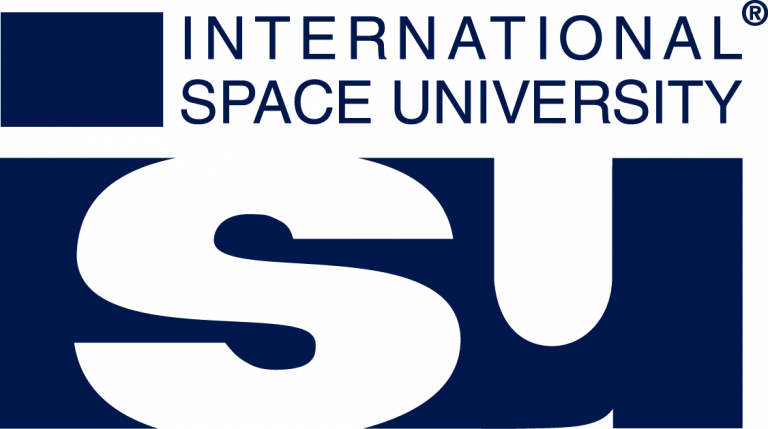Today 7th November 2023, from the European Space Operations Centre in Darmstadt, where the Euclid spacecraft is controlled, the first full-color images obtained by the Euclid cameras were presented by ESA and astronomers working on the data. Euclid was designed to observe with a crystal-clear sight a third of the celestial sphere and detect distant galaxies and extremely faint objects.
The images confirmed the capacity of Euclid to image in just one shoot a patch of the sky larger than the Full Moon using its gigantic cameras of 600Mpixels in visible light and 65Mpixels in infrared light. They will be used to study the composition of the Universe and its evolution on the largest scale, but also the history of our own Galaxy and the evolution of its stars, as demonstrated by the image below.
In just one hour, in a project led by Dr. Eduardo Martin Guerrero de Escalante of the Instituto de Astrofisica de Canarias, Euclid could image the well-known Horsehead nebula, but also the surroundings of the star forming region over a much larger area than the Hubble Space Telescope did. ISU Dr. Bertrand Goldman, a contributing author of the study, explains: “Euclid will allow us to obtain a much more thorough view of such fascinating stellar nurseries, as we can consistently observe them with excellent depth, area, and spatial resolution, without compromising one for the other.”

